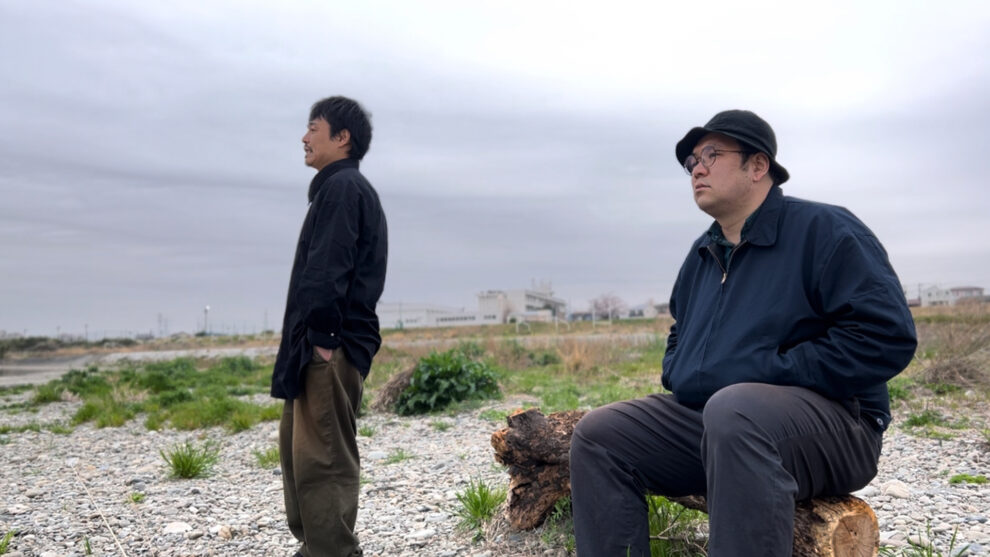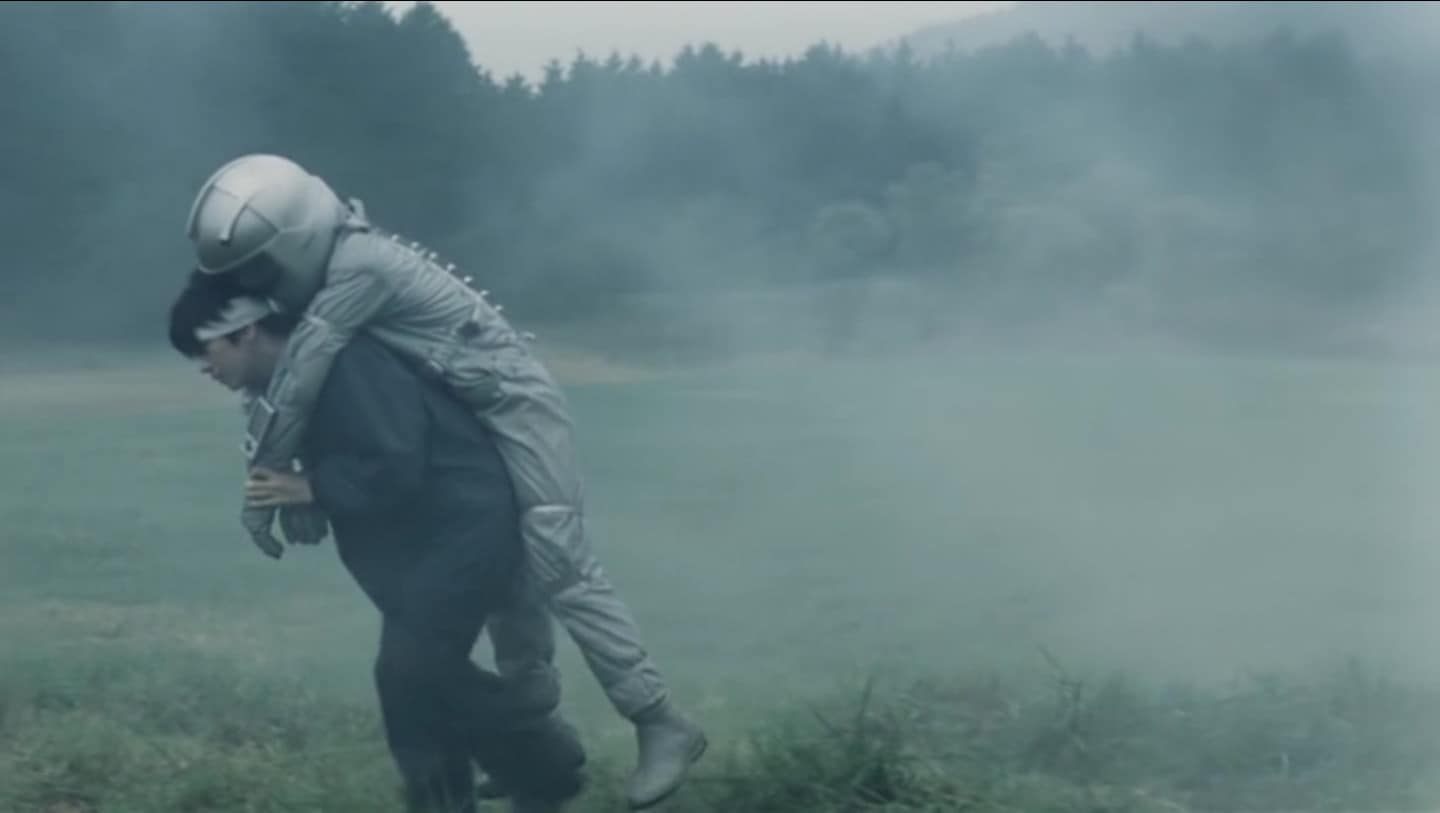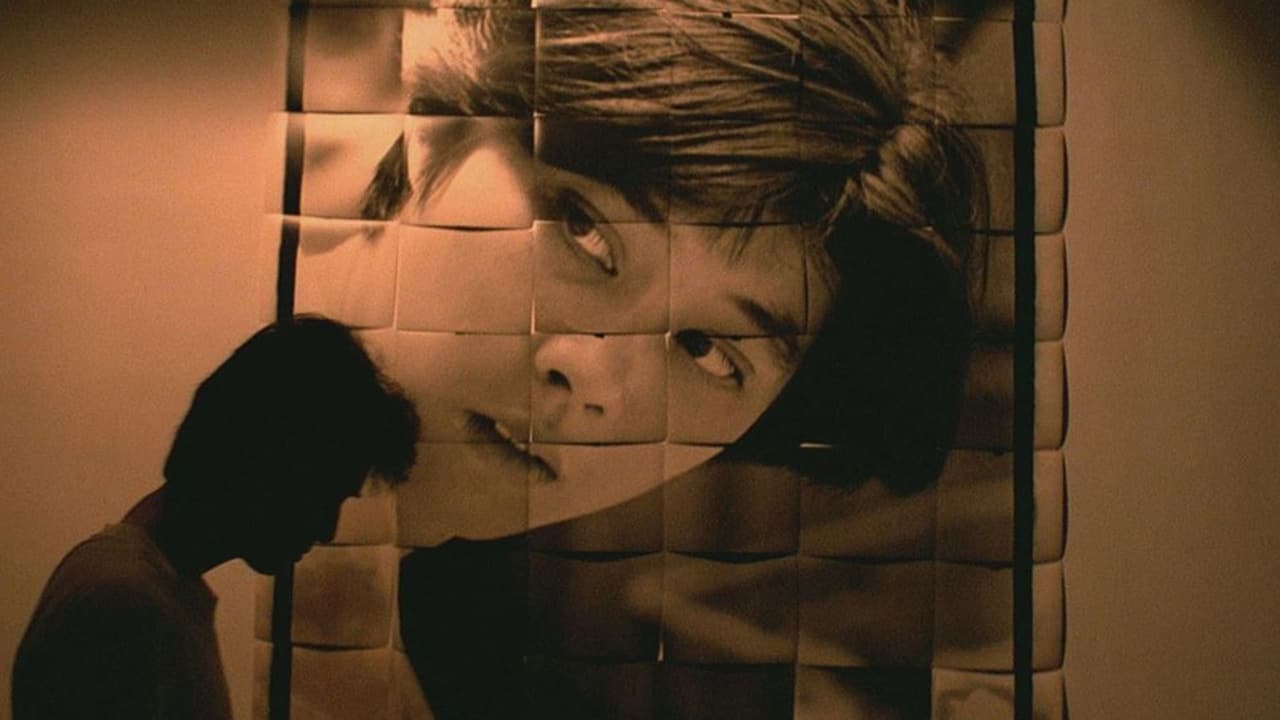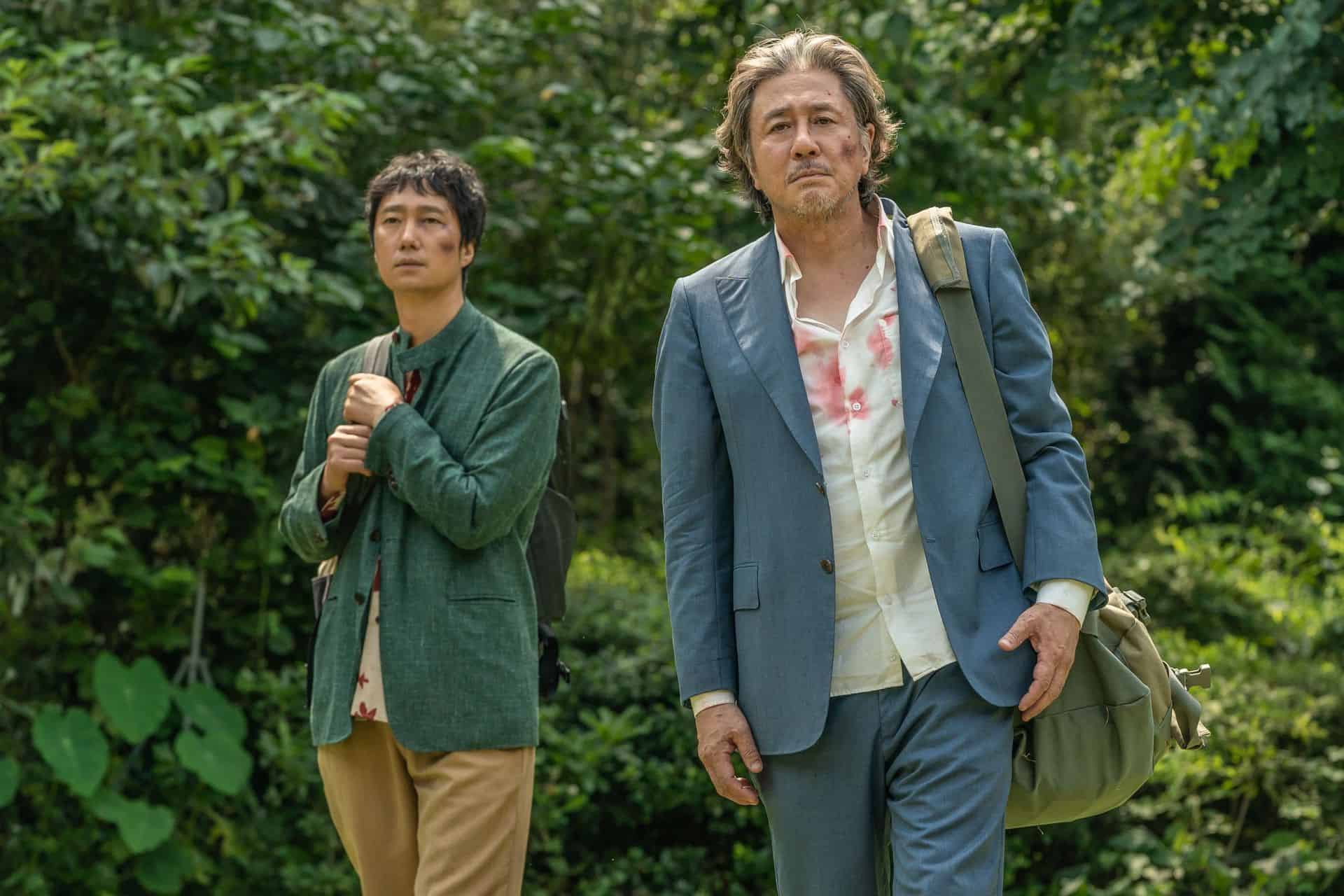Aspiring to be an actor, Kentaro Nagasato moved to Tokyo from Kagoshima, making his stage debut in 2008. He has written and directed about 20 short plays, mostly comedies. In 2019, he wrote, directed and performed in his first full-length play. Besides working as actor for films, dramas and commercials, he has created several short smartphone films since 2020. “To A Hard Life”, is his latest one.
To A Hard Life is screening at Skip City International D-Cinema Festival

Takashi is an obese, bitter introvert who spends his days trolling celebrities on social media to channel his sentiments. One morning, he wakes up as a completely different person, thinner, shorter, and average-looking. When he moves beyond the shock, he realizes that, although he is not completely satisfied with his appearance, his looks are more to his liking now, and so he proceeds on buying a costume, and checking on how he can meet girls. His first trick with a woman on a bridge goes horribly bad, and his second on a bar is as disappointing as it could. While his frustration grows, he stumbles upon a man who looks exactly like his former self, who eventually reveals to him that he came from the future.
There has been a tendency lately, particularly in Korean cinema, with films that are sci-fi in their base, but are actually grounded in reality in terms of narrative, with no SFX, spaceships, lasers and whatnot. Kentaro Nagasato seems to implement a similar approach, through a film that is definitely a fiction, but is essentially also quite realistic. This approach allows him to make a number of sociophilosophical comments, but also to move his narrative to both dramatic and comedic paths.
The first one revolves around appearances and how they can impact an individual's personality, particularly in the social media world, where beauty is promoted (shoved in our faces one could say) from every angle. At the same time, and as the story progresses, Nagasato also shows that when it comes to romantic relationships, or even meeting women in this case, something more than appearance is needed, while using tricks can actually turn into a boomerang. Furthermore, the need for connection, both romantically and socially, all people feel is also showcased along with the consequences of its lack, with both protagonists actually presenting this message.
And talking about the two protagonists, their common apperance in the story seems to present another message, of how people sometimes need to take a good hard look at themselves, and even “converse” with themselves in order to realize both their issues and how they can overcome them instead of only dwelling in the anonymity of the web. At the same time, the director has included a number of moments of humor and absurdness, that light the mood and add to the entertainment the movie offers.
Somewhere here, however, Kentaro Nagasato somewhat loses his sense of measure, with the largest portion of the last part of the movie essentially being a monologue by Ryosuke Shiratsuchi who is basically yelling all the director's thoughts, in a style that starts as monotonous but ends up annoying, and seems more fit for a stage play than an actual movie. Considering that the short just lasts for 40 minutes, the fact that the narrative changes into this monologue/dialogue heavy approach for a large part of the duration, definitely detracts from the overall quality of the short.
Apart from that however, the cinematography finds its apogee in these scenes, particularly in the way it captures the remote setting and the sky, in a level of quality that is even more impressive, considering the movie was shot with a smartphone. Ryosuke Shiratsuchi and Johnny Takayama give mostly realistic performances, with only a few moments of excessiveness, with the aforementioned issue, however, weighing heavily on their performance also.
“To A Hard Life” is a very intelligent contextually short, that manages to communicate its interesting comments through an intriguing approach. However, Kentaro Nagasato needs to work a bit more on his narrative style, and probably to move further away from his stage play experience















